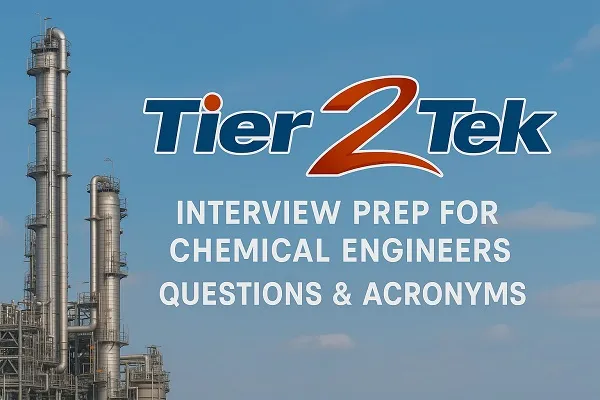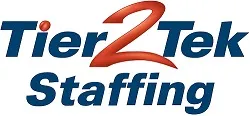Chemical Engineer Interview Questions with Answers

Chemical engineering is a dynamic and multifaceted field that merges principles of chemistry, physics, mathematics, and biology to solve real-world problems involving the production or use of chemicals. Whether you’re applying for a role in process engineering, research, or plant operations, interviews often focus on both technical knowledge and problem-solving ability. Here are 15 common interview questions with short, effective answers to help you prepare confidently.
1. What is the role of a chemical engineer?
A chemical engineer designs, develops, and optimizes processes for manufacturing chemicals, fuels, foods, and pharmaceuticals while ensuring safety, sustainability, and cost-efficiency.
2. What is the difference between a reactor and a distillation column?
A reactor facilitates chemical reactions, while a distillation column separates components based on differences in boiling points.
3. What is a P&ID?
A Piping and Instrumentation Diagram (P&ID) is a detailed schematic showing piping, equipment, control systems, and instrumentation in a process plant.
4. Define heat exchanger.
A heat exchanger transfers heat between two or more fluids without mixing them, commonly used in cooling or heating processes.
5. What is HAZOP?
HAZOP (Hazard and Operability Study) is a structured technique for identifying hazards and operational issues in a process design.
6. What is the significance of Reynolds number?
Reynolds number helps determine whether fluid flow is laminar or turbulent, impacting design and analysis of flow systems.
7. What are unit operations?
Unit operations are basic steps in a process (like distillation, filtration, drying) that involve physical changes but no chemical reactions.
8. What is flash distillation?
Flash distillation is a single-stage process where a liquid mixture is partially vaporized to separate components quickly.
9. What does residence time mean in reactor design?
Residence time is the average time a fluid element stays inside a reactor, impacting conversion and yield.
10. Explain mass balance.
Mass balance ensures that mass entering a system equals mass leaving plus any accumulation—essential for process control and optimization.
11. What are the types of reactors?
Common reactor types include batch, continuous stirred-tank reactor (CSTR), and plug flow reactor (PFR).
12. What safety systems are essential in chemical plants?
Pressure relief valves, alarms, interlocks, gas detectors, and emergency shutdown systems (ESD) are critical safety components.
13. What is the purpose of a control valve?
A control valve regulates fluid flow by varying the size of the flow passage as directed by a controller.
14. What is the role of catalysts in chemical processes?
Catalysts speed up chemical reactions without being consumed, enhancing process efficiency and selectivity.
15. Describe an exothermic vs. endothermic reaction.
Exothermic reactions release heat (e.g., combustion), while endothermic reactions absorb heat (e.g., cracking hydrocarbons).
Common Acronyms to Know Before a Chemical Engineering Interview
Understanding key acronyms is crucial for navigating technical discussions and demonstrating your industry readiness:
VOC – Volatile Organic Compounds
P&ID – Piping and Instrumentation Diagram
CSTR – Continuous Stirred-Tank Reactor
PFR – Plug Flow Reactor
LPG – Liquefied Petroleum Gas
HAZOP – Hazard and Operability Study
HSE – Health, Safety, and Environment
MSDS – Material Safety Data Sheet
ESD – Emergency Shutdown
PID – Proportional-Integral-Derivative (control system)
CFD – Computational Fluid Dynamics
TEMA – Tubular Exchanger Manufacturers Association
API – American Petroleum Institute
ASME – American Society of Mechanical Engineers
NPSH – Net Positive Suction Head
